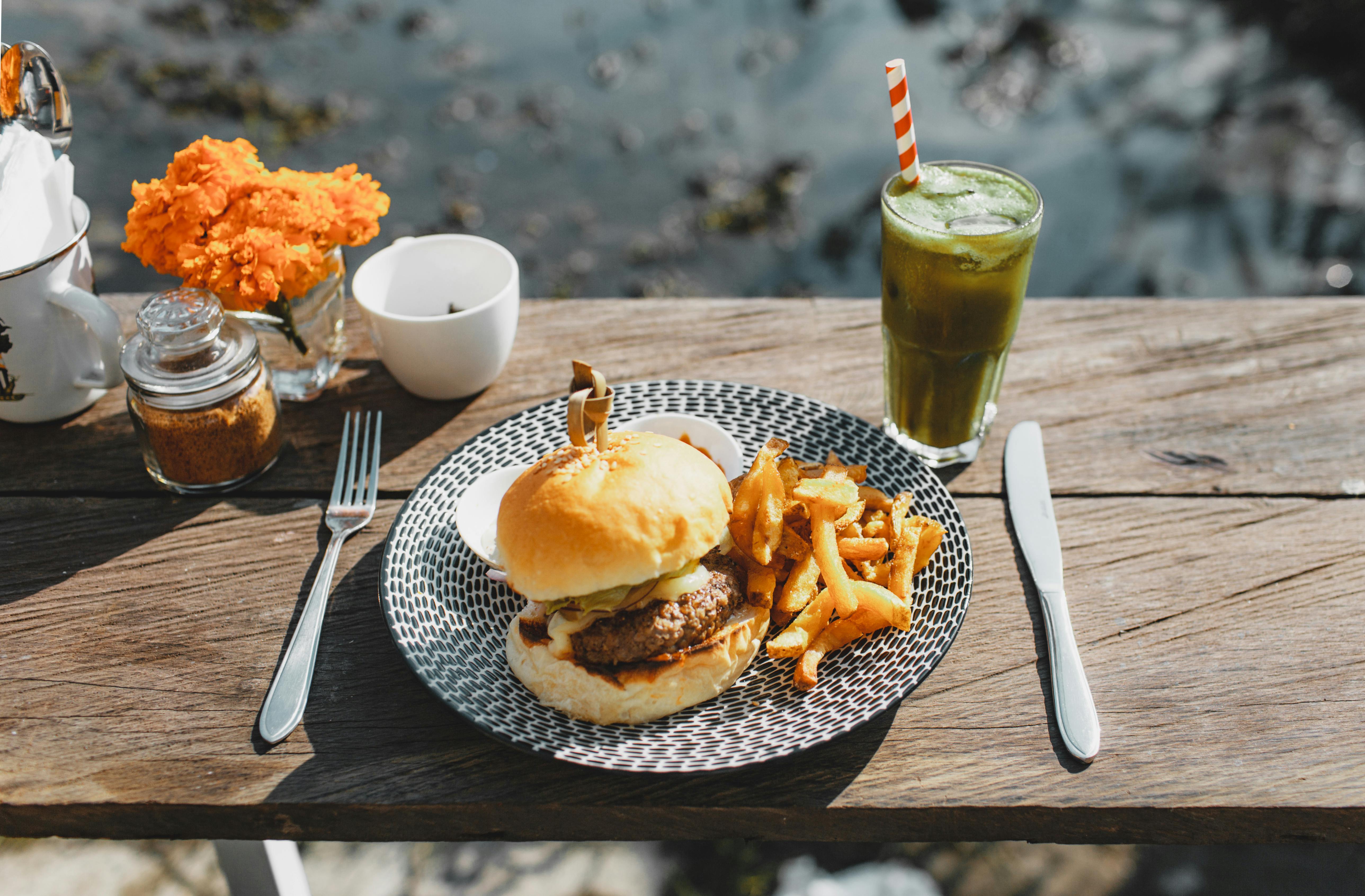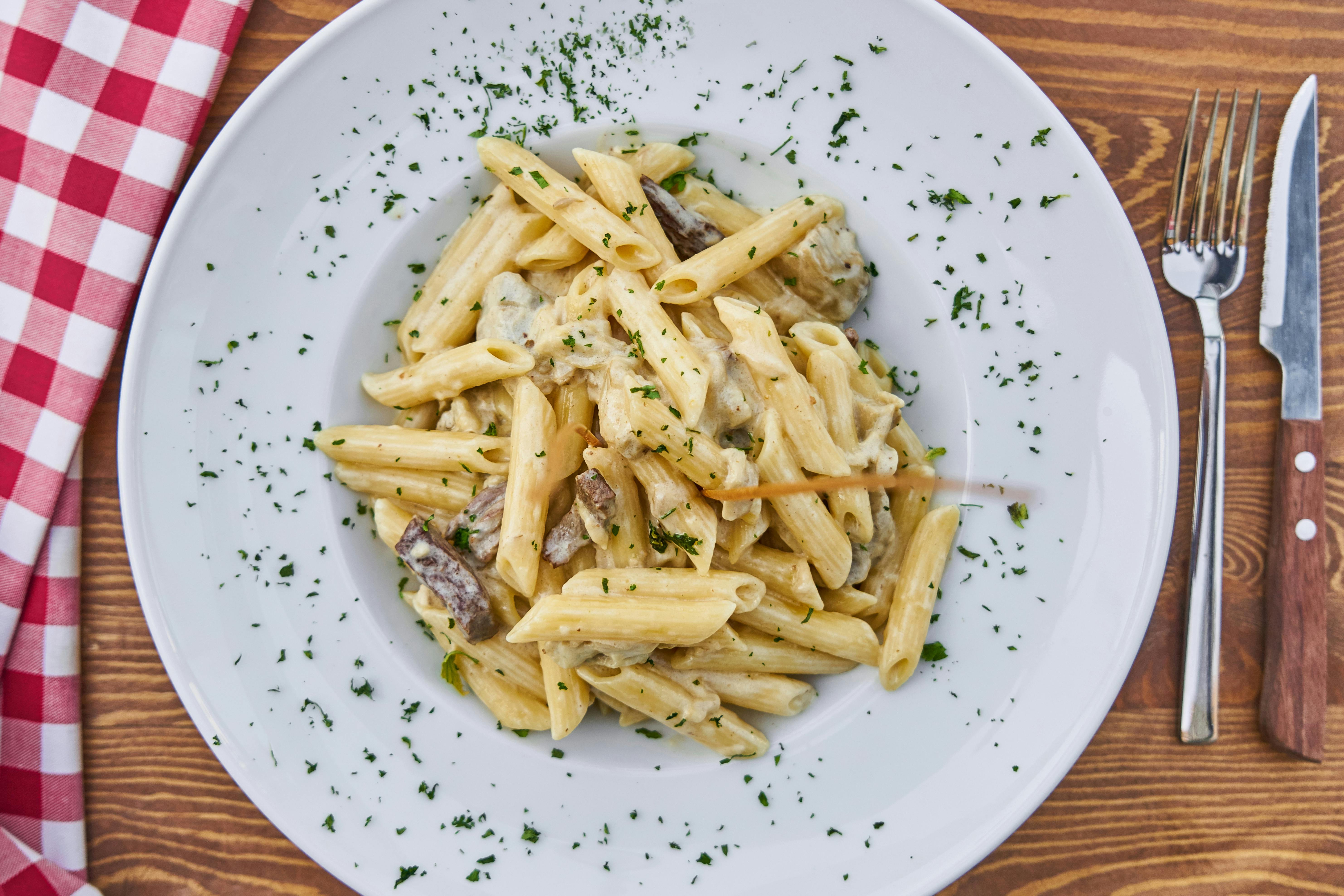Nothing revolutionizes your health like the power of green. The way I see it, the more green goodness you get in your diet, the better.
Better yet, mix it up! Each plant on this planet has its own particular flavor and aesthetic. Not to mention its unique nutritional value.
So while the growing season is going strong, here’s my list of vegetables to look for and add to your plate. Of course, these vegetables are not ordinary vegetables, they are super fabulous! They knock the nutritional socks off green beans or iceberg lettuce.
But be warned, they may take a little extra effort to get them on the table…
Some of the vegetables mentioned here can be found at any grocery store. You may have to befriend a gourmet vegetable farmer to get your hands on some. And some, you may have to go looking for on your own. I have only seen them in the wild.
Fabulous Green #1: Kale
Now, kale may seem easy to find. But while you can likely find oodles of this increasingly common green at your grocery store, you may be missing out on the best stuff. Usually what you find there is big and hard. You will not be able to fully enjoy the best qualities of this super vegetable…
See, most recipes tell you to remove the leafy part of the stem and throw the stem away. These instructions evolved from a limited selection in the supermarket. But the stem is half the delight.
If you get it young enough, the kale leaves with their stems can be eaten in their entirety. And the stem offers a nice crunchy crunch. Put them on your salad, stir-fry, bake as chips, or even mix them into a smoothie.
Kale gives you the special cancer-fighting sulfur compounds, isothiocyanates, found in all vegetables in the Brassica family (cabbage, broccoli, etc.). It offers a good dose of calcium, vitamin A, and the hard-to-find vitamin K, which is great for good health.[1]
Also, kale can help you with your cholesterol levels. When steamed, research indicates that it binds bile acids. Bile acids are made from cholesterol. And when the compounds in kale bind to bile, your body has to use the cholesterol to make new bile acids. Therefore, your cholesterol levels go down. Kale is one of the best vegetables to bind bile in this way.
Fabulous Green #2: Orach
I deliberately left spinach off the list because, after lettuce, it’s the first vegetable everyone thinks of. Let’s go on an adventure! Instead, I opted for what many consider a good substitute for spinach: orach. Orach grows wild on the beach or in desert environments. It has also long been a favorite green to grow in hot climates where spinach goes to seed rather than leaves. It tastes like a mild form of spinach. But unlike spinach, when it’s sunny and dry, oraca thrives.
Packed with nutrition, orach provides you with iron, vitamin C, calcium, phosphorus, and magnesium. And while most orach are green, if you’re lucky you might find a few of the red or purple variety. These glorious shades come from anthocyanins, the same brain-protecting pigments found in blueberries.
Wild orach is a traditional remedy for diabetes in Arabic medicine. Laboratory research confirms this. It appears that orach has a similar effect on the glucose transporter molecule, GLUT4, as insulin and consequently helps to lower blood sugar levels effectively.[2]
Green Fabulous #3: Arugula
Want to add a little kick to your salad? Try the arugula, also known as arugula. Deep green in color, arugula has a hint of peppery flavor, a nice light crunch texture, and shoots up quickly under the right conditions.
Related to kale, arugula contains the same groups of cancer-fighting sulfur compounds, isothiocyanates. Better yet, it seems to help bring out these compounds in other vegetables, such as broccoli. According to research presented by the American Institute for Cancer Research, raw arugula provides a great supply of the enzyme myrosinase. As researcher Dr. Elizabeth Jeffrey explains, this enzyme is necessary to extract sulfur compounds in vegetables such as broccoli. But cooking for too long can destroy it. By adding some chopped raw arugula with its myrosinase to your broccoli or cabbage, you can increase the amount of these important cancer-fighting compounds you get from your broccoli.[3]
In addition to this special enzyme and the sulfur compound it helps produce, arugula contains vitamins A, K, and many minerals such as calcium. It is also high in many B vitamins such as folic acid and vitamin C.
Look for young arugula cuttings. According to research, younger plants have a higher concentration of these special compounds. If you’re lucky, you might find a farmer selling arugula with the flowers, white with deep pink veins. Edible as the leaves, these flowers can add some flavor and beauty to your salad.
Green Fabulous #4: Mustard
Not all mustard is yellow and comes in a jar.
Mustard greens are a favorite in Japanese cooking and come in many different shapes and colors. However, they all have some degree of mustard heat. Apple green mizuna adds a beautiful feathery leaf to your mix. And the maroon or purple varieties start out bright green on the stem and change to deep purples and reds.
But mustard greens aren’t just stars when it comes to taste and appearance. They are also nutritional powerhouses. Like kale, by binding with bile acids, steamed mustard greens can help lower cholesterol. They have the highest concentration of cancer-fighting sulfur compounds found in this family of vegetables. If you are interested in detoxing, include them in your diet plans. These same sulfur compounds appear to power the body’s two-phase detoxification system.[4]
Fabulous Green #5: Stinging Nettles
Well here is the green variety for the truly adventurous.
Because not only are you highly unlikely to find fresh nettles anywhere but in the wild, but as the name implies, they’re also somewhat painful to pick. Covered in tiny hairs packed with formic acid, histamine, and acetylcholine, nettles have been known to leave a mark on the skin that they come in contact with. The pain is temporary and then fades to a slight tingling sensation. In fact, traditional healers and modern researchers have shown that nettles work as a remedy for joint pain. However, you may have to put up with a bit of discomfort, or wear gloves, to harvest this special plant.
However, once you cook these vegetables with one bite, you are in for a treat. eleuthero Researcher and herbal medicine expert Donald Yance says nettles are one of his favorite superfoods. He eats them two or three times a week.
High in iron, nettles have a history of helping with anemia. Clinical research has shown that they help cure allergies. In Chinese medicine, nettles are believed to support the kidneys and protect the lungs. Both uses have also been confirmed by research. [5]
Go crazy and get healthier with greens!
So don’t get stuck in the broccoli rut. The garden is full of greenery waiting to be discovered… Be adventurous. Explore and experiment. He may discover that the color green not only delights his body on a cellular level, but also awakens his senses with new textures, flavors, and appearances that he wouldn’t expect to find on his plate.
The world of chlorophyll-rich plants that you can add to salads, stir-fries, pizza, and other things in your sandwich is vast.
And who knows, if you try enough of these different vegetables, you may stop thinking of eating your vegetables as a boring rule. Rather, it can become a healthy ticket to adventure.
Sources:
[1] Zelman KM. The truth about kale. WebMD Expert Column.
[2] Sleman Kadan et al. in vitro Cytotoxicity evaluations of eight antidiabetic medicinal plants and their effect on GLUT4 translocation. Alternative Evid Med based plugin. 2013; 2013: 549345.
[3] Mine. Broccoli, steam it to increase cancer-fighting compounds. American Institute for Cancer Research website. November 7, 2013.
[4] Tang L et al. Total isothiocyanate yield of commonly consumed raw cruciferous vegetables in the United States. Foods with function J. 2013 Oct 1;5(4):1996-2001.
[5] Yance, D. Adaptogens in Medical Herbalism: Elite Herbs and Natural Compounds to Tame Stress, Aging, and Chronic Disease. Healing Arts Press, September 21, 2013. pp. 520-522



